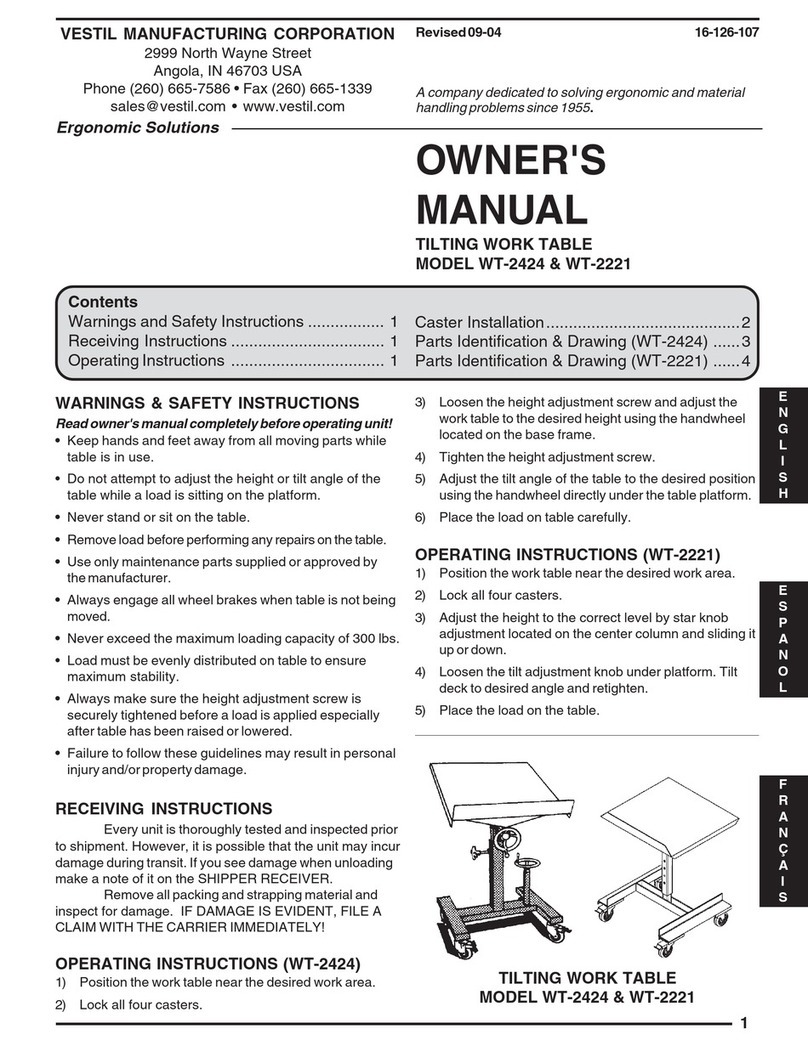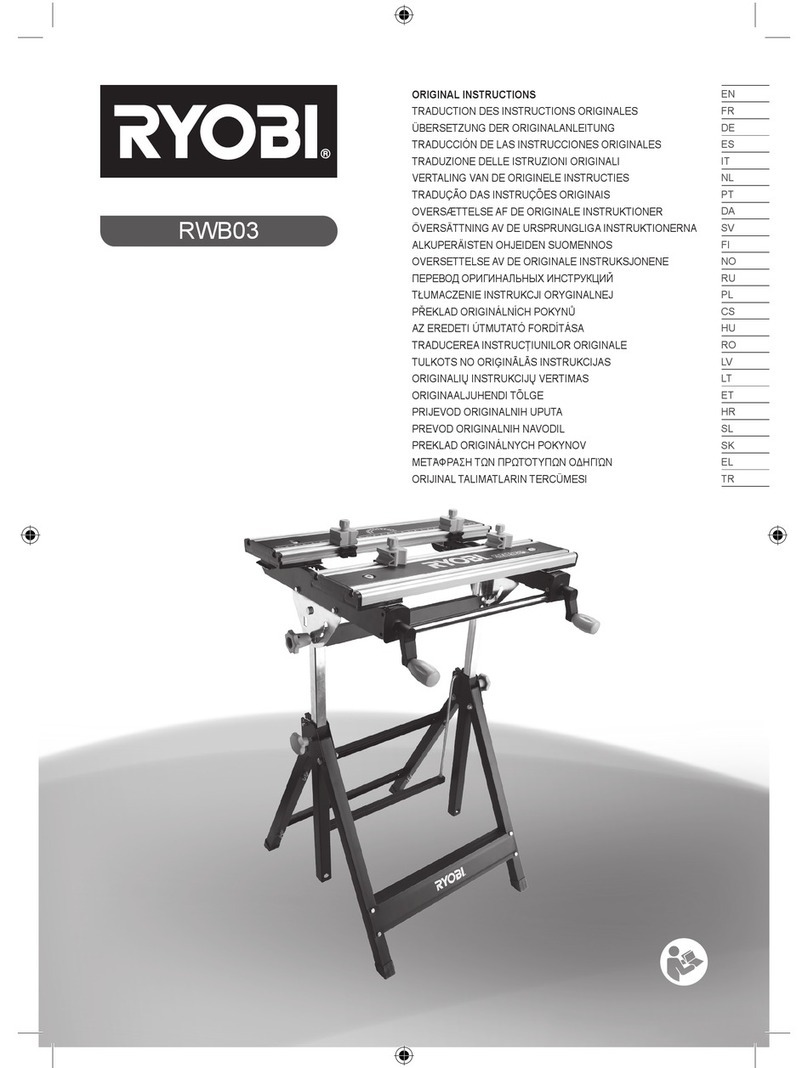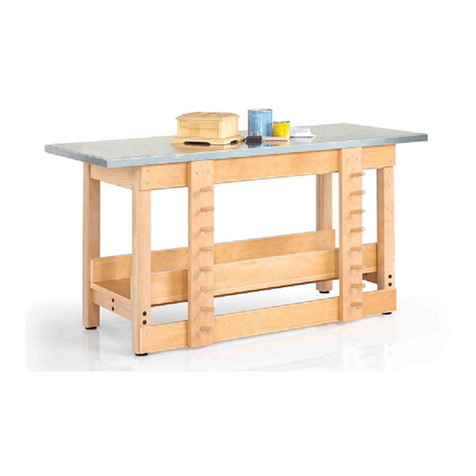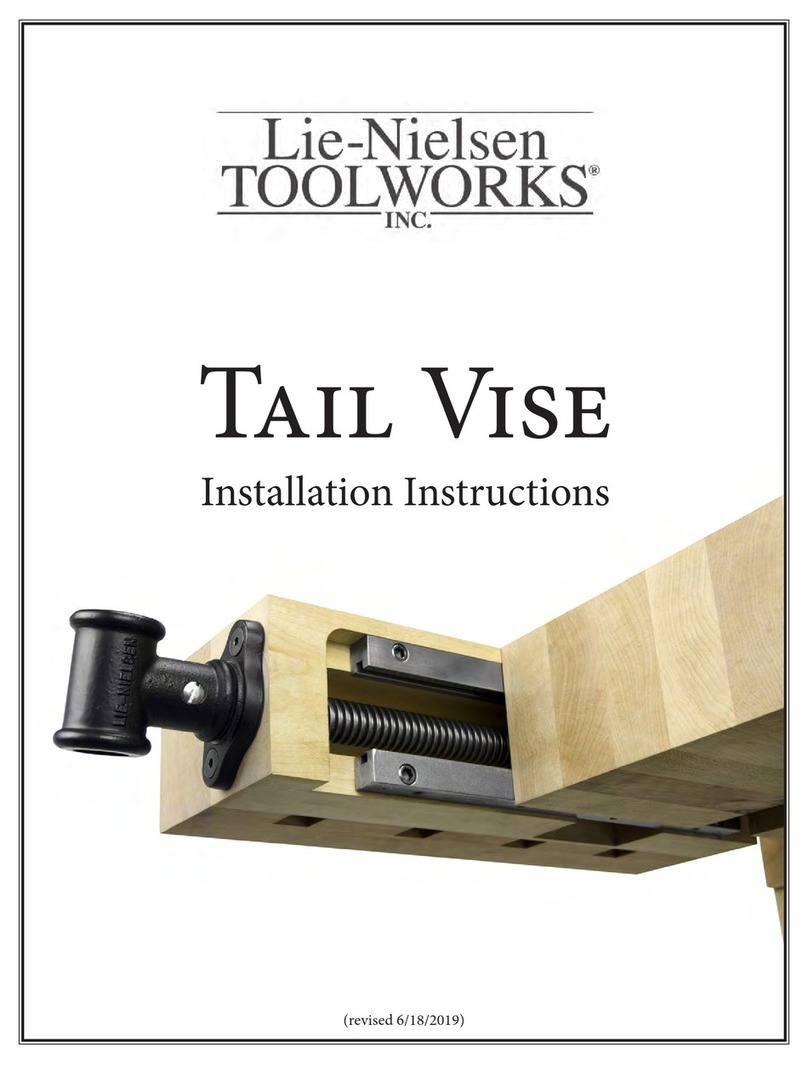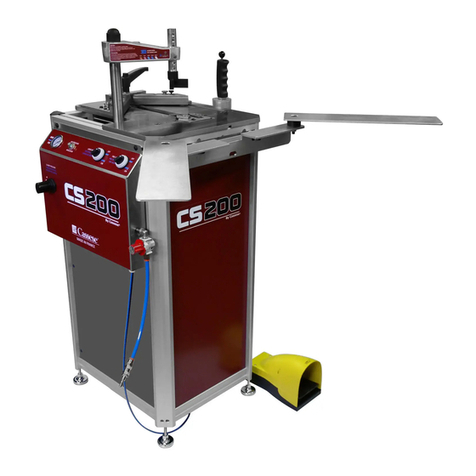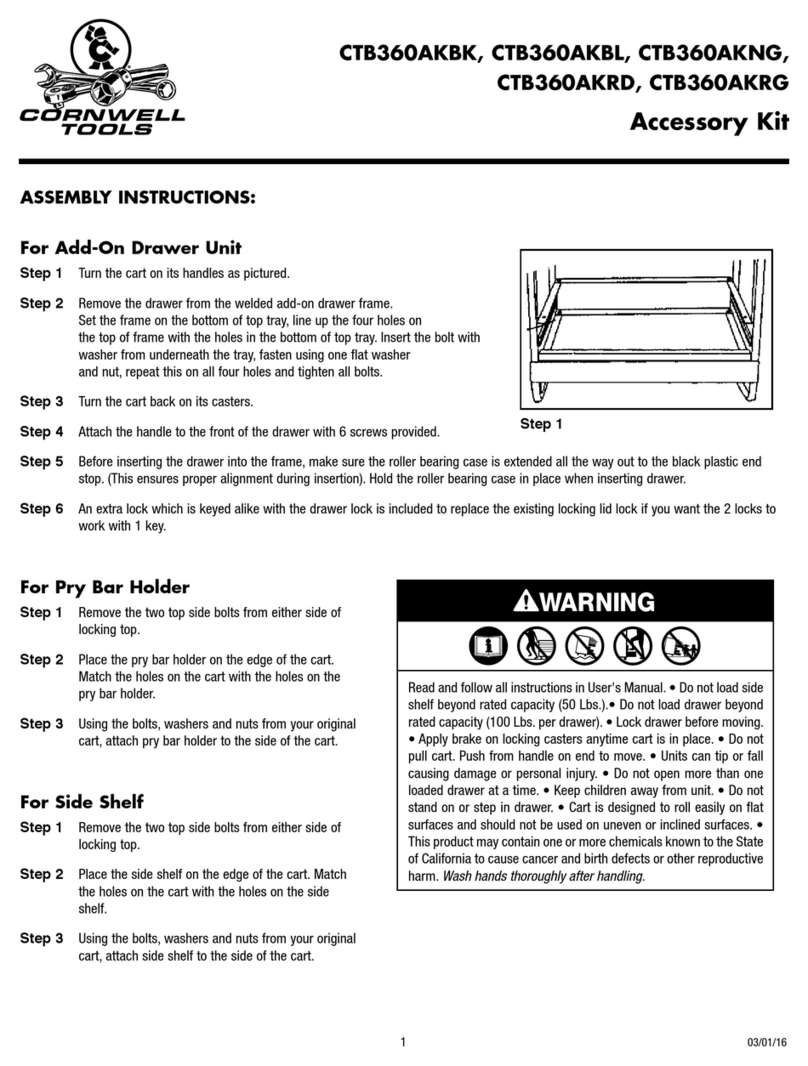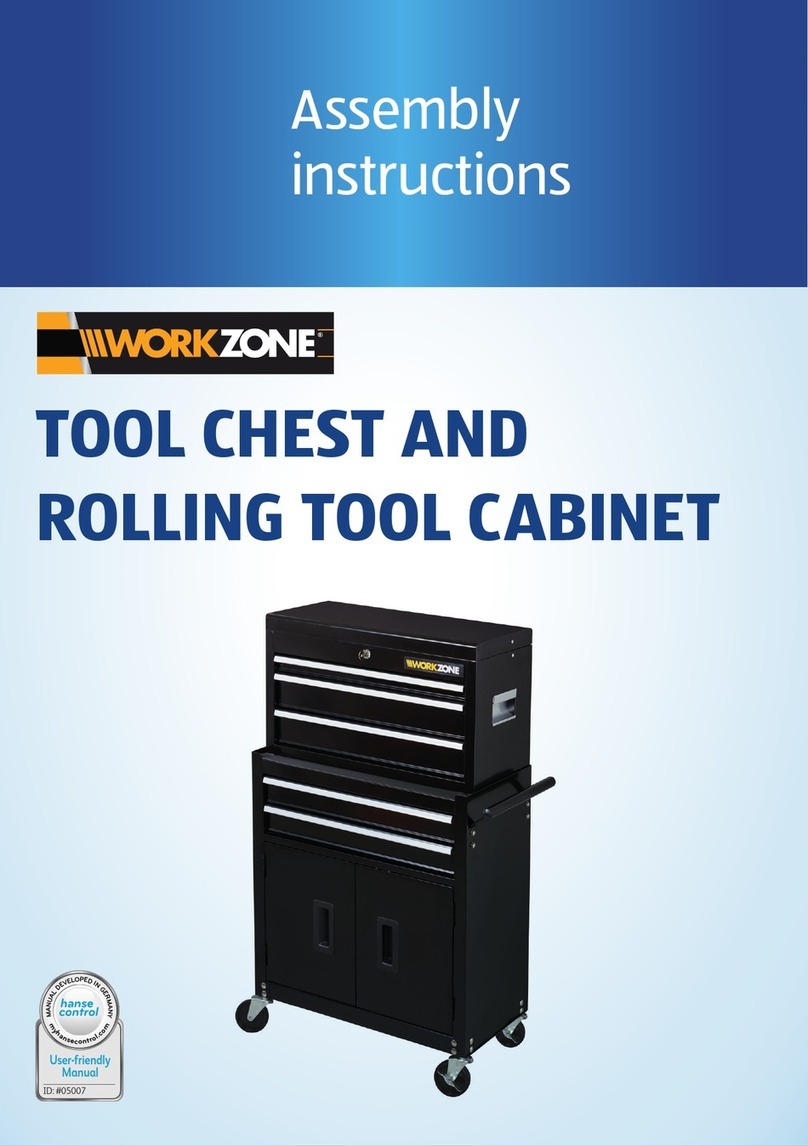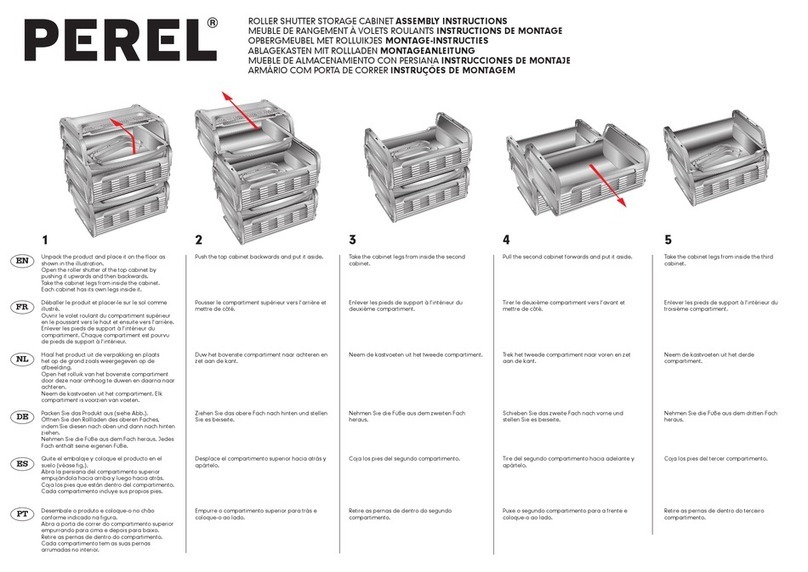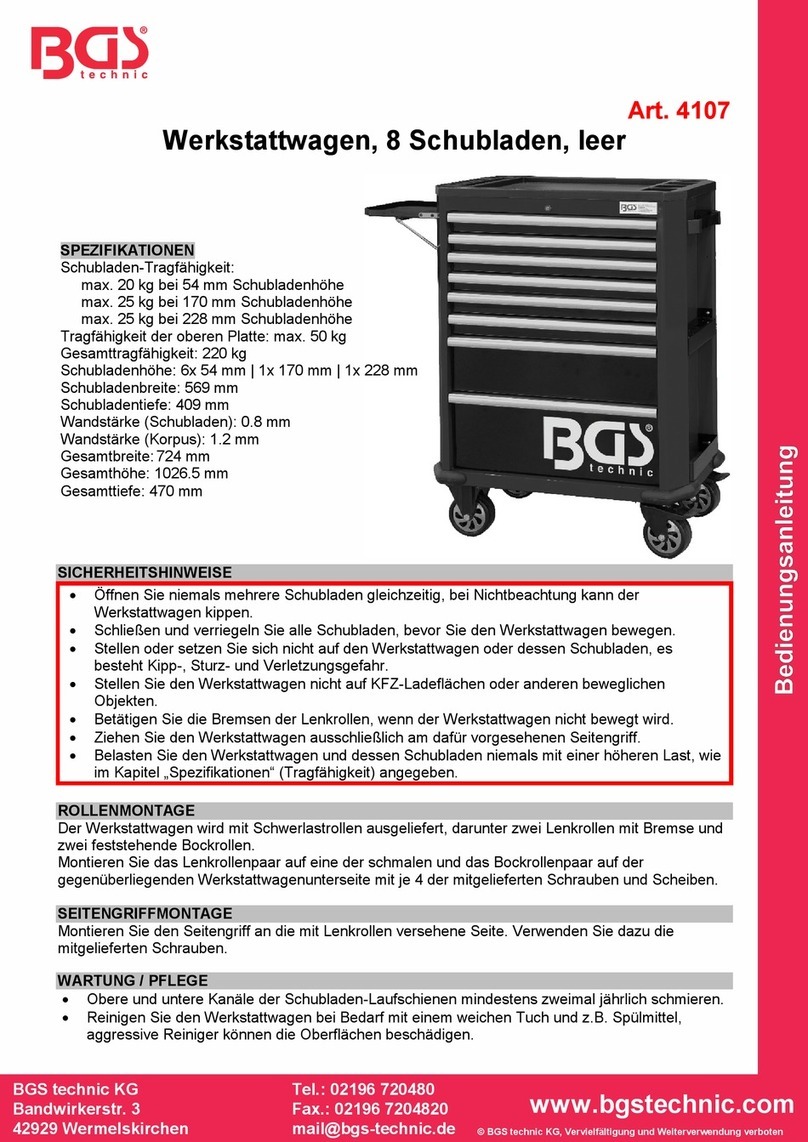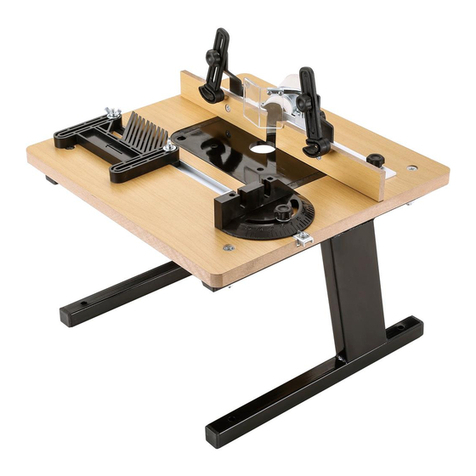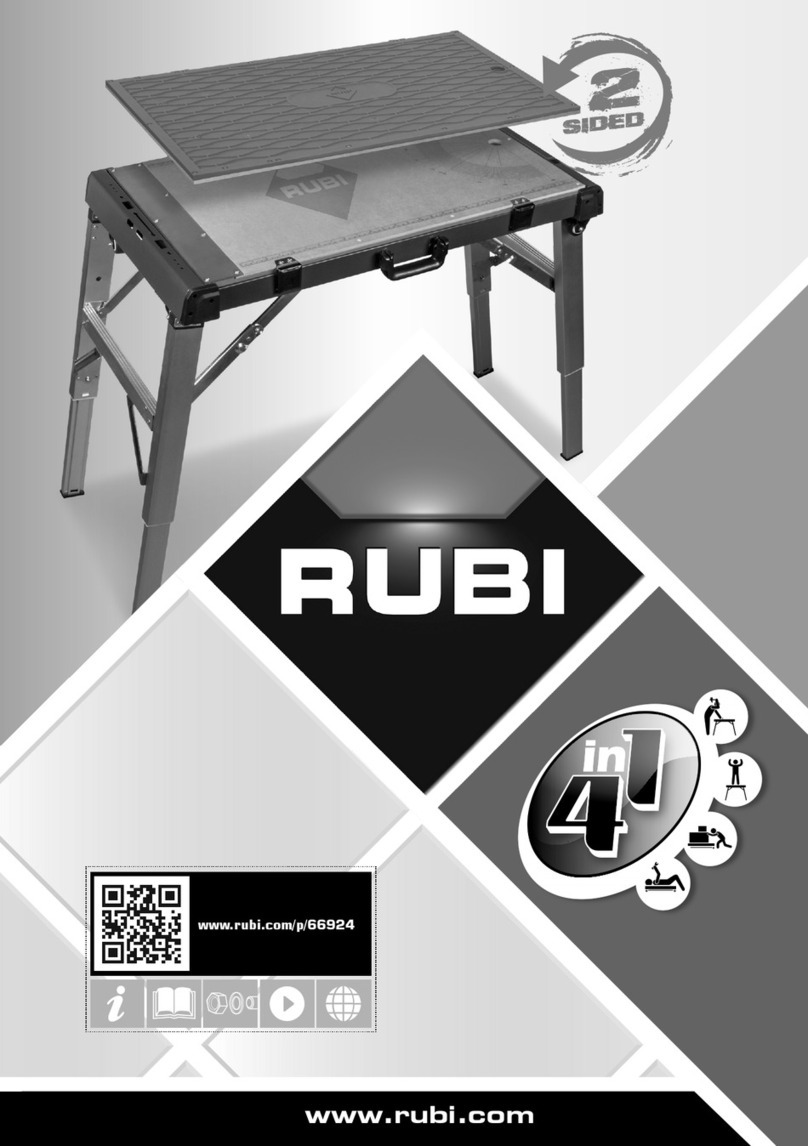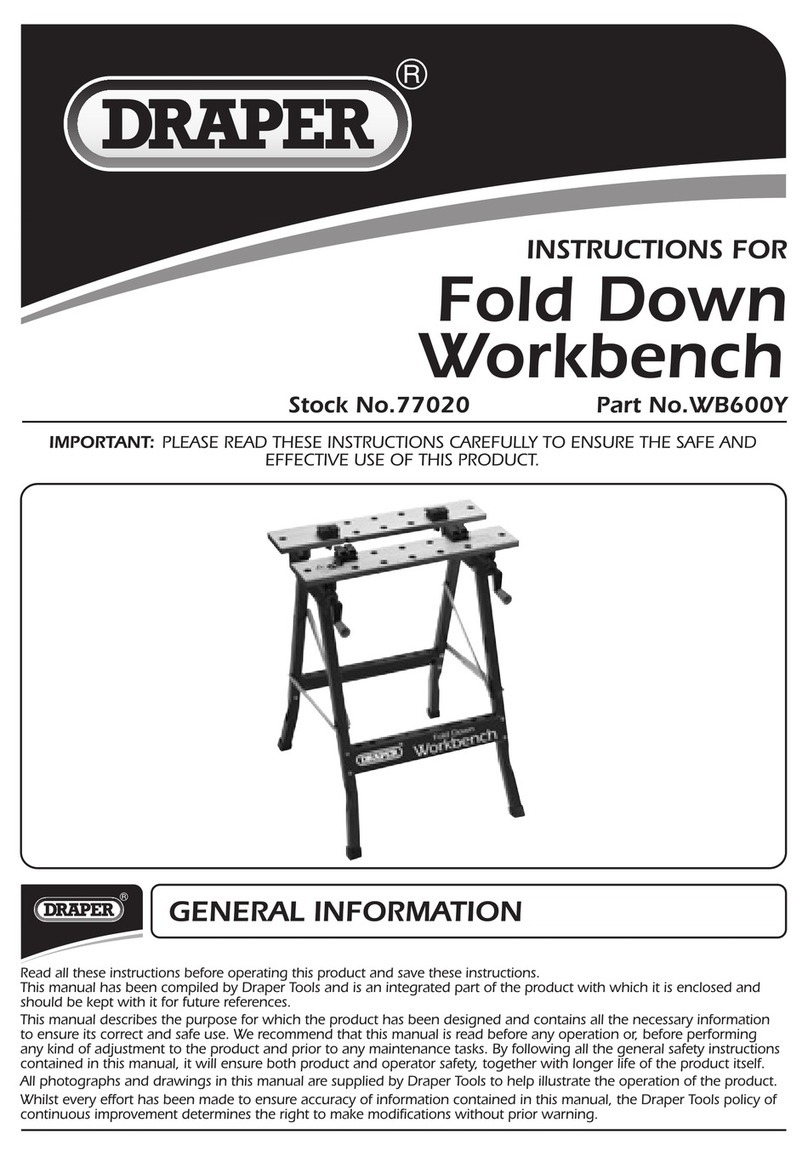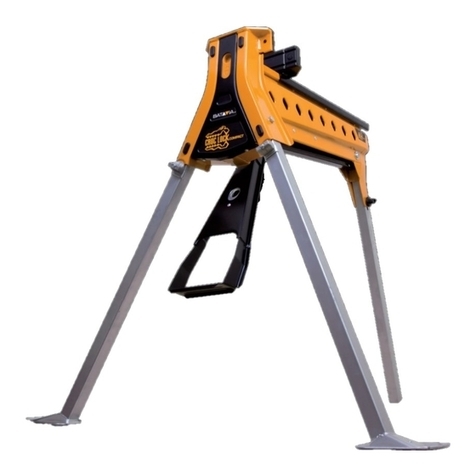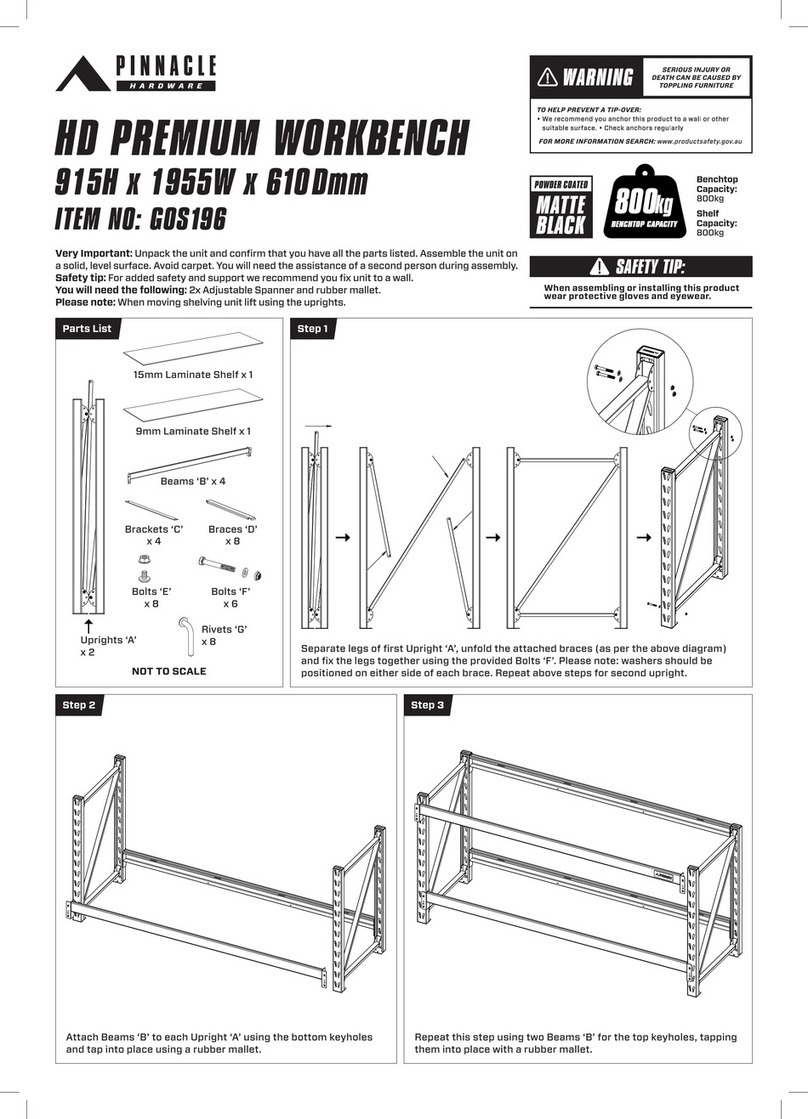
WORKBENCH CARE & MAINTENANCE
The following information will help you keep your bench in good working order for years to come.
2
We maintain around 40% humidity in our Bench Shop and recommend keeping your bench in an environment
that has a controlled humidity level, especially when the bench is new and still adjusting to its environment.
As with anything made of wood, sudden or drastic humidity changes put a great deal of stress on our benches and
can cause issues. Slow seasonal changes should not present problems, but we do recommend keeping an eye on
humidity levels as they can change quickly when, for instance, you start using supplemental heat in your shop.
Keeping a bench in an unheated shop should not cause any issues, as long as the bench is not subject to any
drastic humidity changes.
Monitoring the humidity and controlling it with a humidier or dehumidier in the room with the bench is
always recommended. Also, oiling the bench, especially the end grain, can help slow the moisture exchange in
the wood during times of humidity change.
If your workbench suers from direct water exposure such as a spill or a ood in your shop, address the issue
immediately and then let the bench dry. Situations like this and issues arising from them cannot be covered by
warranty, but we will do what we can to help you remedy the situation.
We recommended that you re-oil your bench 1-2 times a year, depending on the amount of use the bench gets.
We use a three part mixture of boiled linseed oil, spar varnish, and turpentine, but you can also use just boiled
linseed oil if you prefer. Be sure to apply oil to the end grain of the bench top as this will help stabilize the wood.
Apply the oil, let it soak in for one half hour, and remove any excess.
Remember, boiled linseed oil is highly ammable, and can combust, so always dispose of oil rags and brushes
in a safe manner.
SHOP HUMIDITY
WATER DAMAGE
REOILING
FLATTENING
Over time, your bench may need to be re-attened. A good way to do this is to use a No. 7 or No. 8 Jointer
Plane in order to get the bench top true and at, working rst diagonally back and forth across the grain, then
nishing along the grain.
In the February 2008 issue of Popular Woodworking, issue #167, Christopher Schwarz explains this method for
attening your bench with hand tools. You can nd this article on their website.
